Are you looking for ways to boost productivity in the workplace? Do you want to gain a competitive edge by increasing efficiency amongst your workforce? Understanding how to use motivation effectively is key to achieving higher productivity. This comprehensive guide dives into the topic and provides you with actionable tips and strategies that you can use to reap major rewards in your workplace.
Table of Contents:
1. Overview of Motivation
2. Linking Motivation to Productivity
3. Essential Tips for Enhancing Motivation
4. Action Plan for Improving Workplace Agility
5. Strategies to Enhance Understanding
6. Assessing Motivation for Ongoing Improvements
7. Conclusion
1. Overview of Motivation
Motivation is defined as the set of psychological processes that cause someone to act in a particular way. It involves both internal and external factors that influence behavior and performance. Employees who are motivated and engaged are more likely to be productive and bring higher results. Understanding the different types of motivation and how they affect performance is the first step toward creating a successful work environment.
2. Linking Motivation to Productivity
Motivation can play a major role in boosting productivity in the workplace. It is important to identify the right motivations that can drive employees and inspire them to be more productive. Motivation can come from a variety of sources, including financial and non-financial rewards, recognition and positive feedback, and job satisfaction. When workers feel valued and fulfilled at their job, they are more likely to be enthusiastic and productive than those who are not motivated.
3. Essential Tips for Enhancing Motivation
There are many methods that can be used to improve motivation. Here are some essential tips for creating a motivating environment:
• Foster an environment for open communication – Open and honest communication between management and employees is essential for creating an atmosphere of trust and mutual understanding. Allowing employees to voice their opinions or suggestions and providing feedback can go a long way in enhancing motivation.
• Provide meaningful rewards – Monetary rewards are not always the most effective way to boost motivation. There are other rewards that may be more meaningful, such as flexible working options, recognition for exceptional performance, and healthy company events. Providing these rewards can help foster a sense of employee appreciation and engagement.
• Support employees in their career development – Offering employees avenues to grow and develop their skills can boost motivation. Allowing them opportunities to participate in relevant courses or seminars, or to work on projects outside their current job scope can be a great way to make them feel valued and appreciated.
• Create job enrichment opportunities – Job enrichment opportunities can help improve job satisfaction and motivate employees to perform better. It involves maximizing the potential of each role by introducing new challenges and responsibilities. It may also include cross-training and team-building activities.
4. Action Plan for Improving Workplace Agility
Having a clear plan on how to incorporate motivation into the workplace can be a great way to maximize productivity. Here are some actionable steps that can be taken to improve agility:
• Establish clear performance goals – Establishing goals and objectives can help focus employee motivation and drive results. Create SMART (Specific, Measurable, Achievable, Realistic, and Time-bound) goals that can easily be tracked and measured. Also, ensure that goals are kept up-to-date so employees are always motivated and challenged.
• Foster a collaborative work environment – Creating a culture of collaboration can help employees feel more connected and engaged in the workplace. Encourage employees to work together and exchange ideas, seek advice, and find solutions. Groups that work together can often be more productive.
• Improve working conditions – Ensure that employees have access to adequate resources and physical working conditions such as good lighting and comfortable furniture. Making minor adjustments can have a huge impact on employee motivation.
• Celebrate successes – It is important to recognize efforts and reward successes. This can greatly improve employee morale and motivation. It may also serve as an incentive for more hard work in the future.
5. Strategies to Enhance Understanding
Improving motivation can be an ongoing process. Here are some strategies that may be used to maximize understanding and effectiveness:
• Utilize feedback loops – Collecting and utilizing customer and employee feedback can be a great way to measure the success of the motivation techniques that have been implemented. This can help identify areas for improvement.
• Establish rewards – Establishing different rewards for different levels of productivity can be an effective way to motivate employees. These may include bonuses or extra vacation days.
• Provide recognition – Providing employees with recognition and recognition for exceptional performances goes a long way in boosting motivation. This can be done through public praise, awards, or certificates.
• Seek feedback – Encourage employees to provide their feedback and constructive criticism. This may help in understanding what motivates employees and identifying potential issues that could be harming productivity.
6. Assessing Motivation for Ongoing Improvements
Regularly assessing employee motivation can help ensure that the right steps are taken to increase productivity. Here are some tips for assessing motivation:
• Monitor performance – Tracking performance can help identify areas where motivation could be improved. Evaluate performance levels and try to understand where individual employees are struggling and how motivation can be improved.
• Analyze employee surveys and interviews – Conducting regular surveys and interviews with employees can help gauge their level of understanding and motivation. Ask for their opinions on what could be done to improve the workplace environment.
• Measure engagement levels – Evaluating the level of employee engagement is a great way to understand how motivated they are. This can be done through employee satisfaction surveys or direct interviews.
• Gather data – Collecting data can help develop an understanding of the effectiveness of motivation techniques. Having this information can help in making the necessary changes and adjustments.
7. Conclusion
Motivation is one of the most effective tools to increase productivity in the workplace and can provide major rewards. Creating a motivating environment requires understanding the many different types of motivations available, as well as implementing strategies such as fostering an environment for open communication, providing meaningful rewards, and offering career development opportunities. Developing an action plan and regularly assessing motivation can help ensure that the motivation techniques implemented are effective and bring the desired results. By following the steps outlined in this comprehensive guide, businesses can maximize their productivity and reap major rewards.


